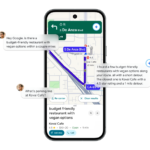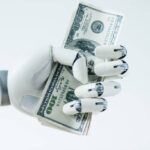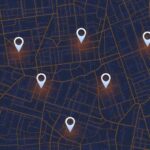Elon Musk announced that Tesla will start producing the Cybercab, an autonomous electric vehicle with no pedals or steering wheel, in April at its factory in Austin, Texas. He made the announcement during the company’s shareholder meeting, just after investors approved a record-breaking compensation package for him that could be worth as much as $1 trillion in Tesla shares.
Musk described the Cybercab as the first car designed specifically for full self-driving without human supervision. He said the car will have no pedals, steering wheel, or even side mirrors, emphasizing that Tesla built it to achieve the lowest cost per mile in autonomous mode. He added that production will happen at the Austin factory, with assembly starting in April next year.
Despite Musk’s bold claims, Tesla has not yet proven that its vehicles can drive themselves at scale without human monitoring. His remarks also appeared to contradict Tesla chairwoman Robyn Denholm, who recently told Bloomberg that the Cybercab would include pedals and a steering wheel as a backup. Tesla had initially planned to produce a version with those features, but Musk scrapped that idea and pushed for a minimalist design focused on affordability and automation.
Musk also boasted about the Cybercab’s production speed, saying Tesla’s new manufacturing line will operate with a 10-second cycle time, far faster than the one-minute cycle needed for a Model Y. He suggested this efficiency could enable Tesla to produce between 2 million and 3 million Cybercabs per year. “These will be everywhere in the future,” he said confidently.
Tesla first unveiled the Cybercab in October 2024 during its “We, Robot” event at Warner Bros. Discovery Studios in California, where Musk promised that the vehicle would eventually be available for personal use. Since then, Tesla has quietly launched a limited robotaxi service, though it does not yet use the Cybercab. The pilot service began in June in select areas of Austin, deploying Model Y SUVs running a new “unsupervised” version of Tesla’s Full Self-Driving software. A Tesla employee currently rides in the passenger seat during those trips.
To put the Cybercab on the road without basic equipment like a steering wheel or pedals, Tesla will need approval from U.S. federal regulators. Amazon-backed Zoox managed to get a limited exemption earlier this year to test its own custom-built robotaxis on public roads but still awaits full approval for commercial service. General Motors faced similar obstacles and failed to secure permission to deploy its Cruise Origin vehicle, while Waymo, the leading robotaxi operator in the U.S. — continues using modified Jaguar I-Pace cars with traditional controls as it develops a new vehicle with Zeekr.
Musk, however, brushed off concerns about regulatory hurdles and even thanked Waymo for “paving the path.” When a shareholder asked if regulators might block Tesla’s rollout, Musk expressed confidence. He said Tesla would be able to deploy every Cybercab it produces and predicted that once people see the cars operating normally in cities, regulators will have fewer reasons to say no.
Musk’s announcement signals Tesla’s next big push to dominate the self-driving market, even as questions remain about the technology’s readiness and safety. The Cybercab represents his vision of a fully autonomous future, one where cars no longer need drivers and transportation runs entirely on AI and electric power.








